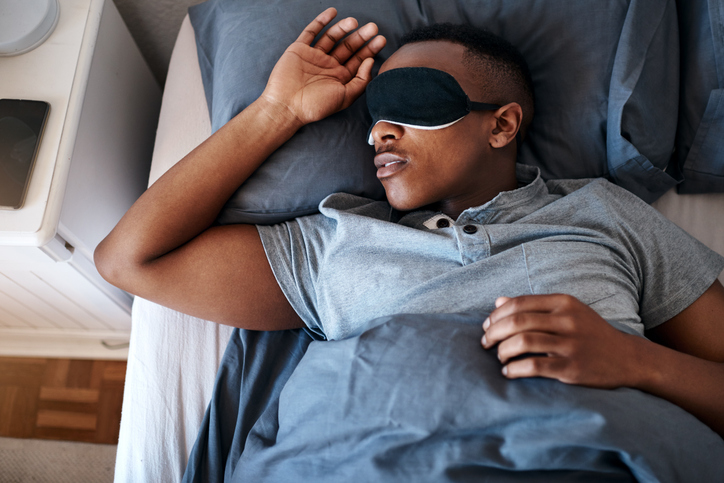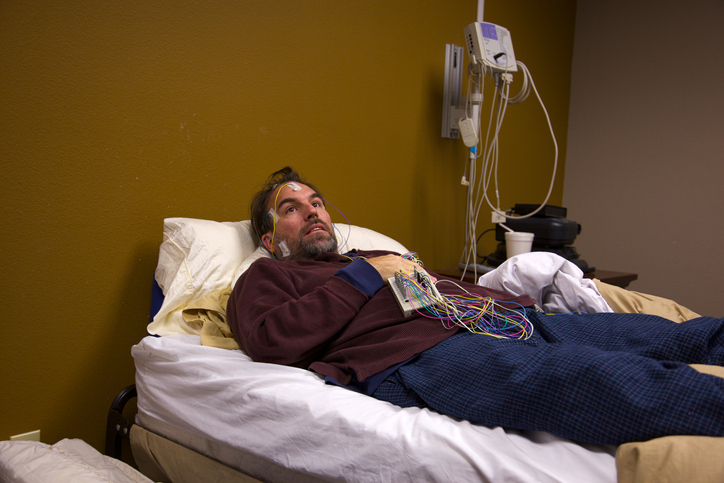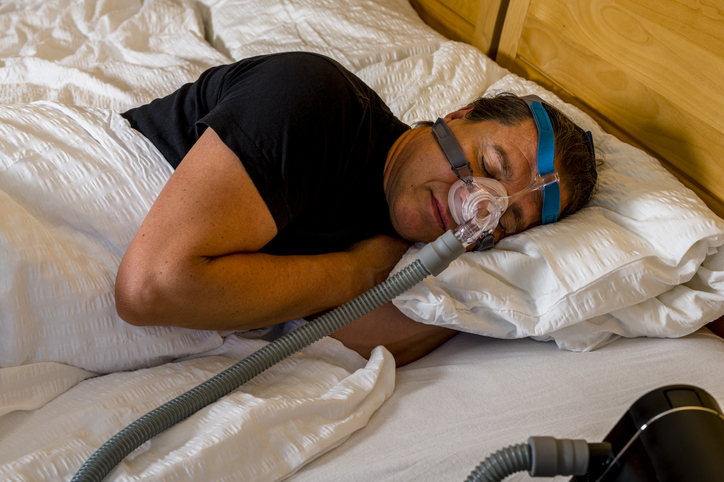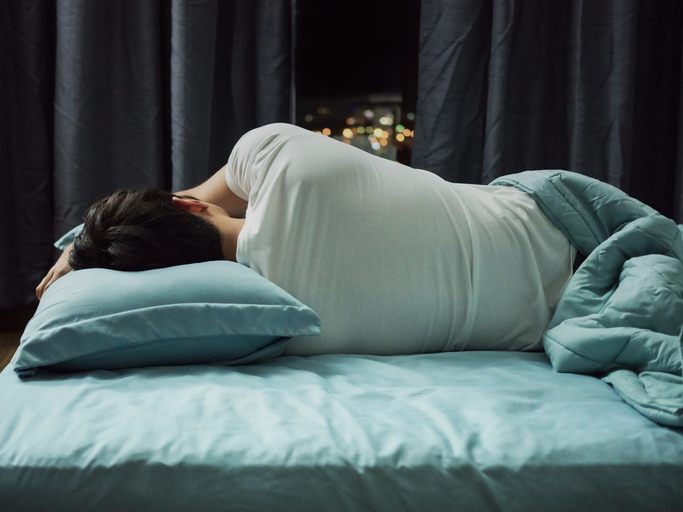Living with Chronic Pain
What Is Delayed Sleep Phase Syndrome?

The human body experiences cyclical changes, known as circadian rhythms, during the span of a 24-hour day. The most recognizable circadian rhythm is the sleep-wake cycle. The brain receives cues from the environment, primarily changes in light, to prepare the body for restful sleep.
When the sleep-wake cycle is disrupted to the point that everyday activities are affected, it is considered a circadian rhythm disorder. One such disorder is “delayed sleep phase syndrome (DSPS).” This condition is characterized by at least a two-hour delay (going to sleep at a later time and waking at a later time) in comparison to a standard sleep-wake cycle. It is important to note that individuals with this DSPS do not choose to stay up late; their circadian rhythm, or internal clock, is delayed by two hours or more.
Symptoms
Symptoms of delayed sleep phase syndrome must be present for at least three months in order for a diagnosis to be made. The primary symptom of this condition is a sleep-wake cycle that is delayed at least two hours. Other symptoms include the following:
- Insomnia
- Difficulty waking in the morning
- Excessive daytime sleepiness
- Difficulty showing up for morning events, such as work, school, or appointments
- Irritability or other mood changes
- Difficulty staying awake and alert during the day
- Difficulty concentrating, focusing, or remembering
Causes
Research suggests that a genetic component is involved in delayed sleep phase syndrome. Cues from the environment and certain lifestyle choices can also potentially influence a person’s sleep-wake cycle, including the following:
- Eating habits
- Light/dark exposure
- Physical activity
- Biological factors
Risk factors
Delayed sleep phase syndrome is most common among teenagers and young adults. Other biological factors increase the risk of DSPS, including the following:
- Assigned female at birth and between the ages of 40 and 60
- Experienced symptoms in childhood (90% of adults with DSPS had symptoms as children.)
- Family history of DSPS


















